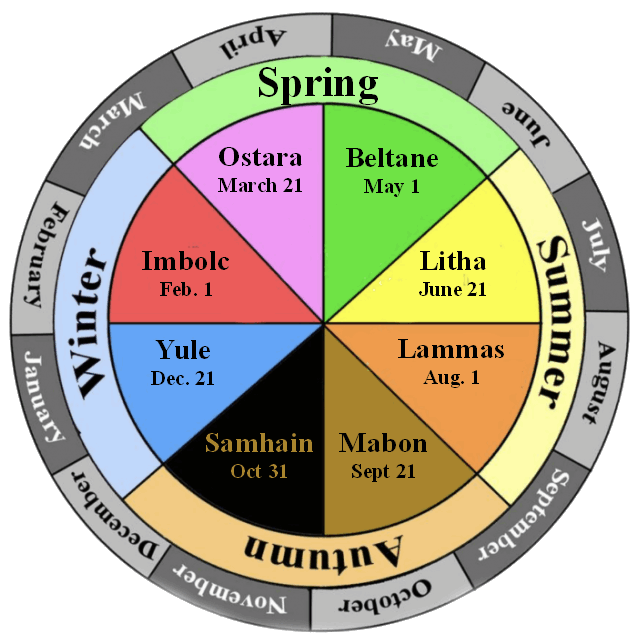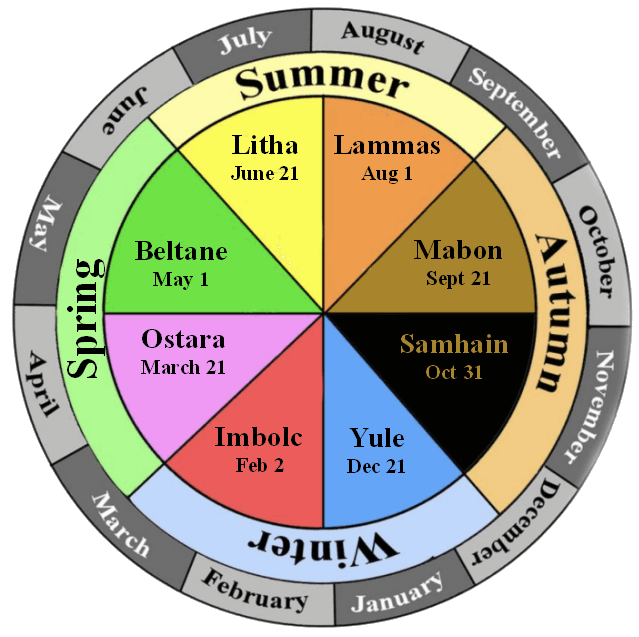The Death of Llew
In most Pagan cultures, the sun god is seen as split between two rival personalities: the god of light and his twin, his 'weird', his 'other self', the god of darkness. They are Gawain and the Green Knight, Gwyn and Gwythyr, Llew and Goronwy, Lugh and Balor, Balan and Balin, the Holly King and the Oak King, etc. Often they are depicted as fighting seasonal battles for the favor of their goddess/lover, such as Creiddylad or Blodeuwedd, who represents Nature . . .
Yule/Midwinter Nights Eve
Our Christian friends are often quite surprised at how enthusiastically we Pagans celebrate the 'Christmas' season. Even though we prefer to use the word 'Yule', and our celebrations may peak a few days BEFORE the 25th, we nonetheless follow many of the traditional customs of the season: decorated trees, carolling, presents, Yule logs, and mistletoe . . .
Imbolc; A hope-filled celebration welcoming the returning light
Imbolc, (pronounced "IM-bulk" or "EM-bowlk"), also called Oimealg, ("IM-mol'g), by the Druids, is the festval of the lactating sheep. It is derived from the Gaelic word "oimelc" which means "ewes milk". Herd animals have either given birth to the first offspring of the year or their wombs are swollen and the milk of life is flowing into their teats and udders . . .





